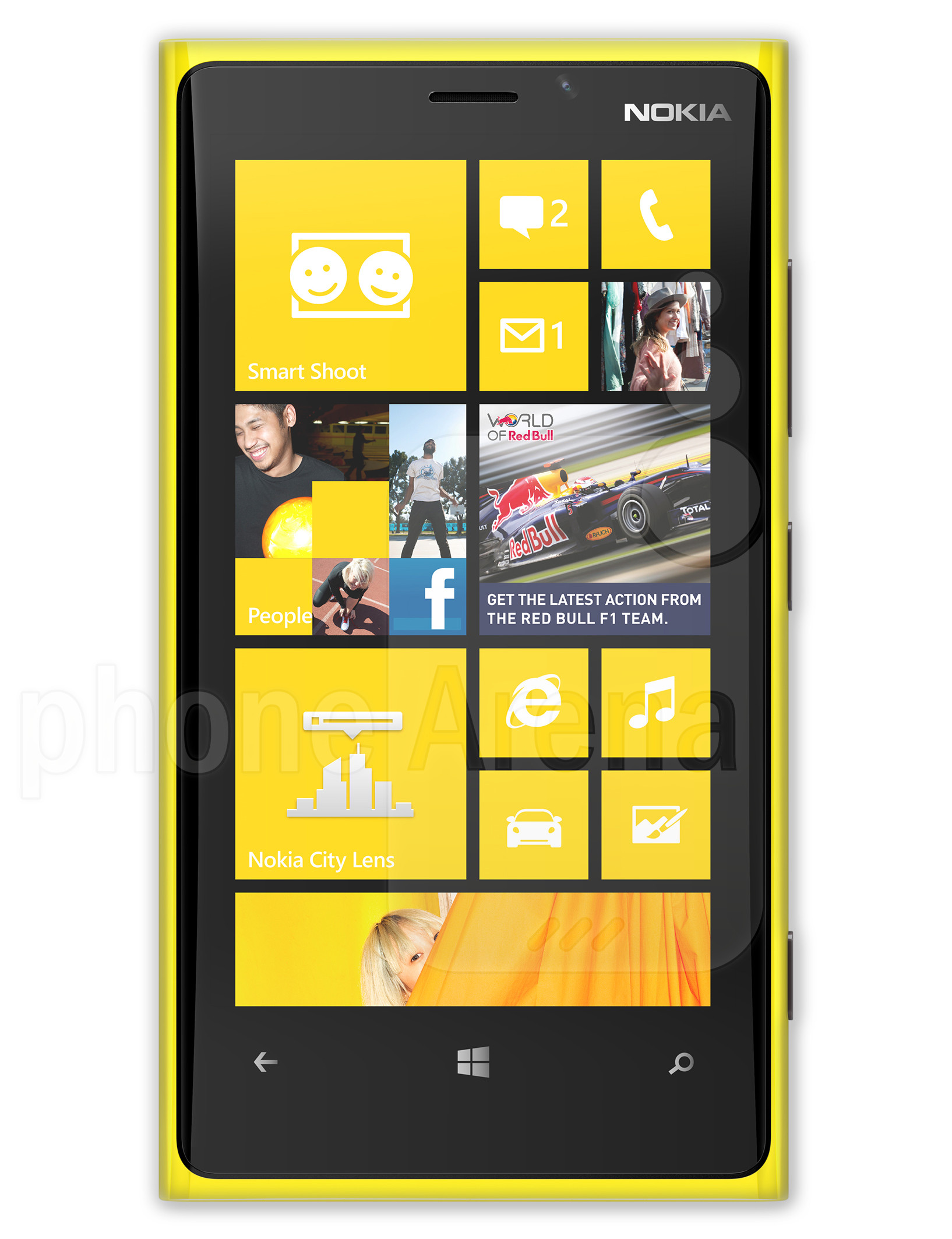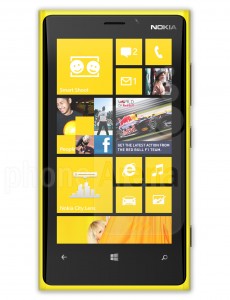For most users, getting a smartphone implies upgrading their voice SIM card with a data package. That’s quite natural, since a smartphone without Internet is comparable to carrying around a colorful, but ultimately boring stone brick. Granted, you can always hunt for a Wi-Fi connection… but let’s face it, that’s something that only teenagers do. If you’re a grown up working person who’s always on the go, you probably won’t always have time and patience to hunt down for free Wi-Fi hotspots when you need to access the Internet.
The problem is that most cell phone carriers know this fact, and they’re effectively using it to their advantage and insane profitability by selling you tiny data packages for your smartphone at extravagant prices. This is very annoying indeed, but it’s a limitation you can easily circumvent.
How to get unlimited Internet in your smartphone, anywhere.
What if there was a relatively easy way for intermediate users to configure their smartphones in a way they become fully functional internet terminals without any absurd data caps? Oh, but there is! A simple way is getting a dual-SIM phone, and complementing the voice SIM card with a 3G data card without any download caps.
But since this isn’t always an option to many consumers, another viable option involves just dropping your voice SIM card altogether, in favor of using only a 3G data card (or even a 4G card if that suits your requirements as well as your phone). Does that sound crazy? Read through this article to learn it may not be quite as far-fetched as it may look.
Do You Really Need a Voice Card in Your Smartphone?
If you’re an average user, the answer to the question above should be “most absolutely, definitely yes”. After all, what’s the point if carrying around a phone if you can’t use it to make and receive calls and text messages? It all boils down to your usage patterns and necessities. Actually, in technical terms, it all boils down to a magic technology that not many people know of, called VoIP (voice over IP).
VoIP allows you to send and receive calls over the Internet, without need for a voice-only SIM card. What’s even better, some VoIP services will allow you to add the caller ID from your regular voice SIM card. In short, VoIP will allow you to emulate your phone from any Internet enabled device, including (of course) your 3G-enabled smartphone.
This means that using this technology, you may be able to drop your voice SIM card without losing any functionality whatsoever. What’s better, you will sometimes get cheaper calling rates than what used to being charged. And calling through a VoIP service is just as simple as making regular calls. You just have to use an app to make the calls, which looks very much like the app you’re already using to make your calls through your voice SIM card.
How to send and receive phone calls without a voice SIM card
If you want to make properly identified phone calls via the Internet, you need a VoIP service that supports caller ID (not all of these services have this feature). A good example of such a service that everyone knows (and probably already carries in their smartphone) is Skype. By properly configuring Skype with your Caller ID, you will have no use for a voice card, since you can send and receive all your calls from the Internet, either through Wi-Fi or 3G connection. And Skype does work very well, however they don’t necessarily have the best rates.
There are competing services that allow you to call any mobile phone in the world at under 10 cents of a Dollar per minute, whereas with Skype the same thing will cost 25 per Dollar per minute on average. Since the best deal will depend on your requirements (such as the countries you call more often, and whether you tend to call landlines or mobile phones more often), it’s not possible to tell you clearly what the best VoIP service will be for you.
At the moment, we’re using Nymgo – so in the next section we’ll explain how to configure it. Similar instructions will apply to any other VoIP service you decide using.
How to Configure Caller ID on a VoIP
If you want to properly identify your calls, you need a VoIP service that supports caller ID, such as Nymgo or Skype. Configuring either of these services to use your current caller ID is very simple and straightforward. You just have to log in to your Skype or Nymbo (or similar service) you’re using, and look for the “Caller ID” section. There, you’ll input your current phone number, they’ll send you a confirmation code via SMS, and that’s it! After confirming your Caller ID, you can just get rid of your voice SIM card (well, maybe it’s better to just store it somewhere just in case) and switch it for a 3G SIM card.
After doing the set-up above, you can use your phone to send and receive calls as you normally do… except that now you will have unlimited internet and you’ll probably pay less for your usual phone calls. Oh, and if you’re using an Android phone, there’s another useful perk: you can also set up a virtual router hotspot with login and password to let your friends share your Internet from other devices. Can you imagine how that will be useful in any occasion?


